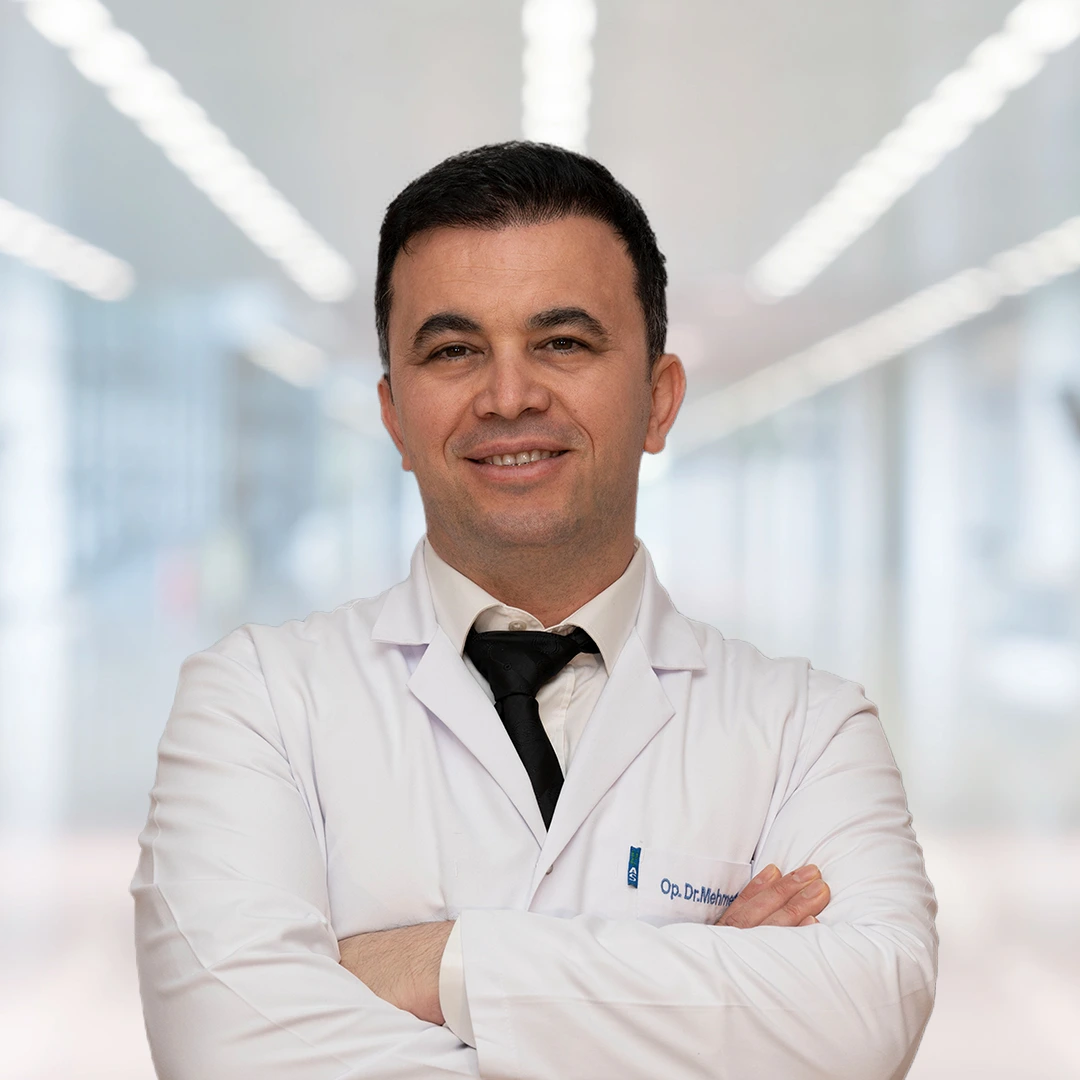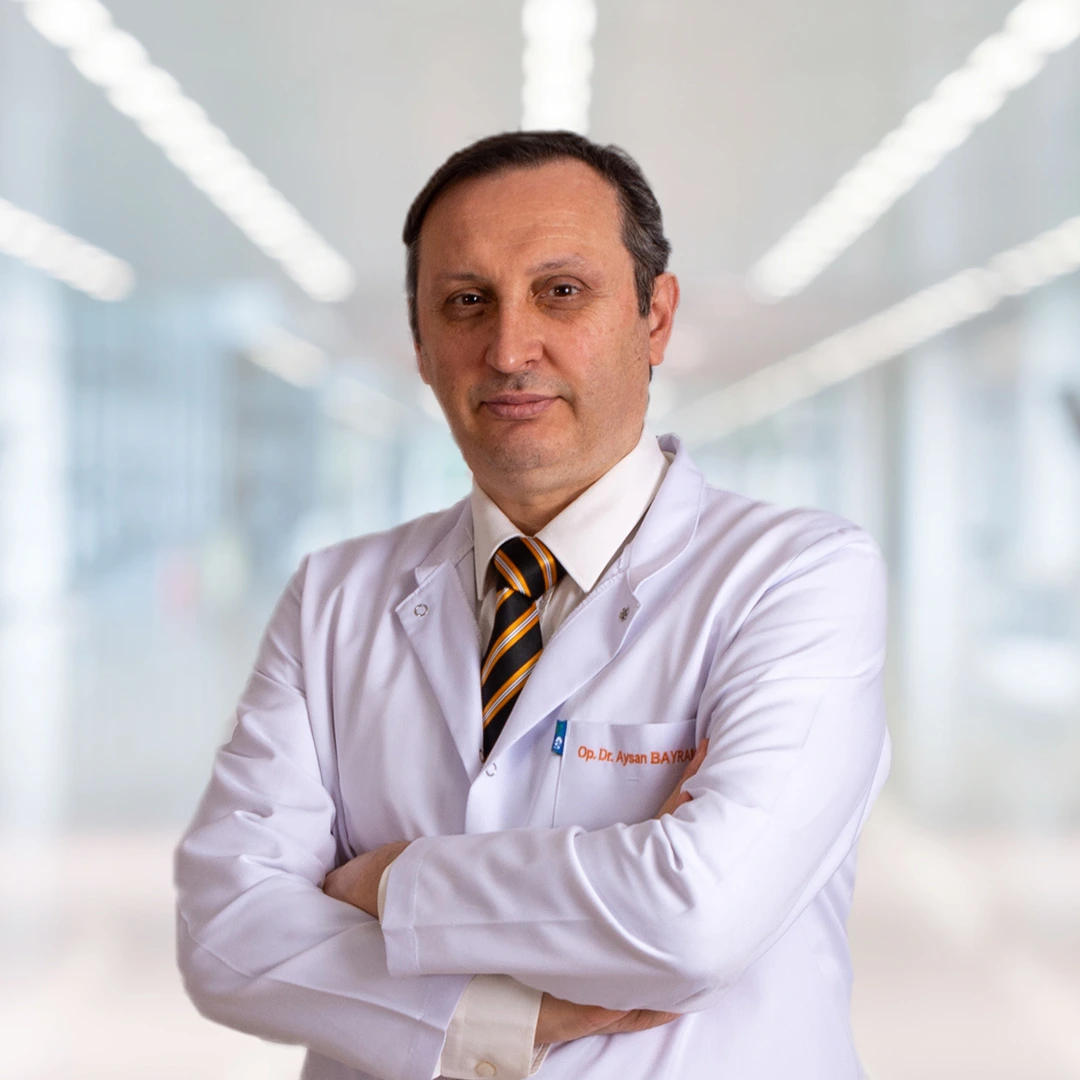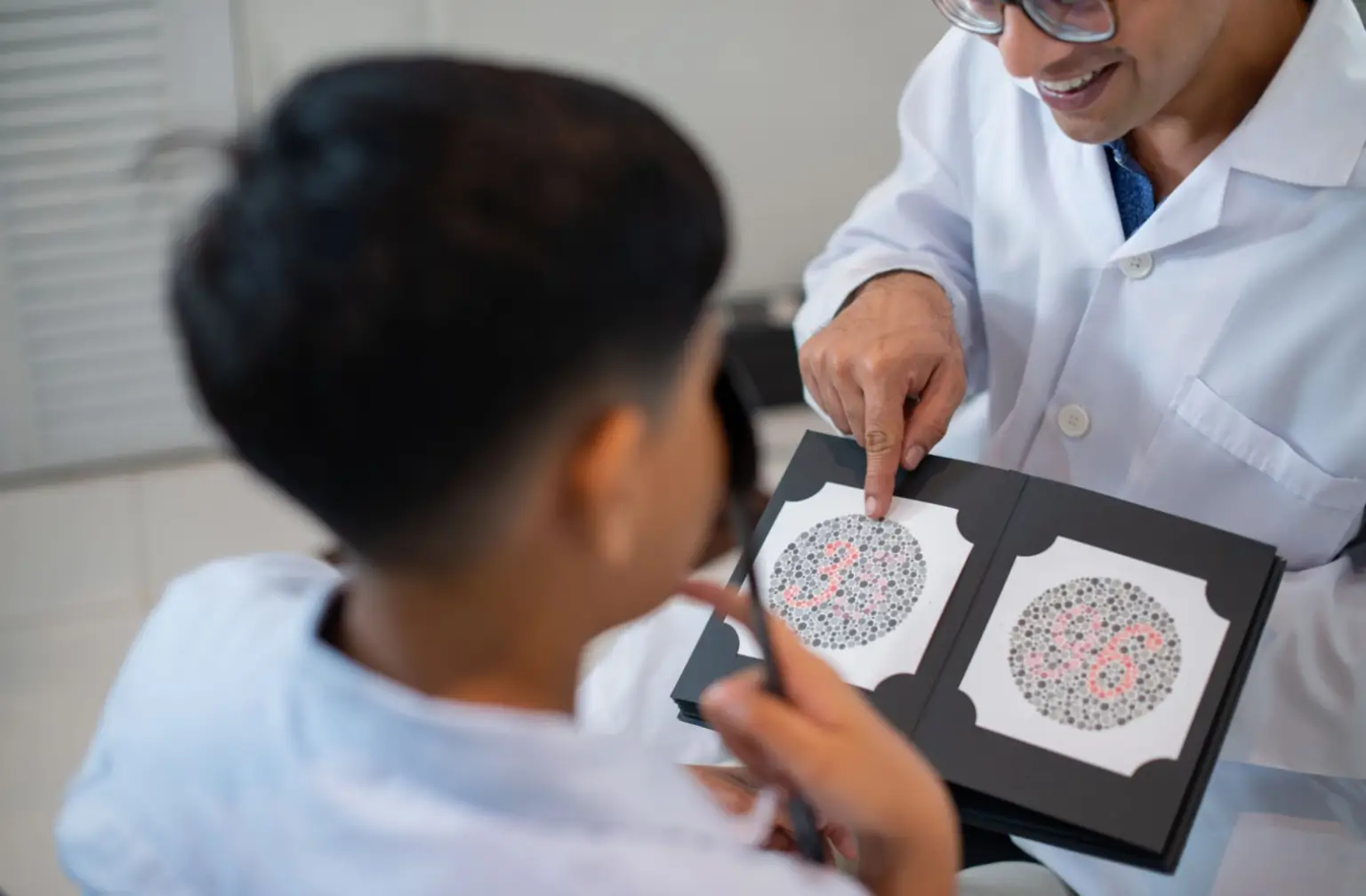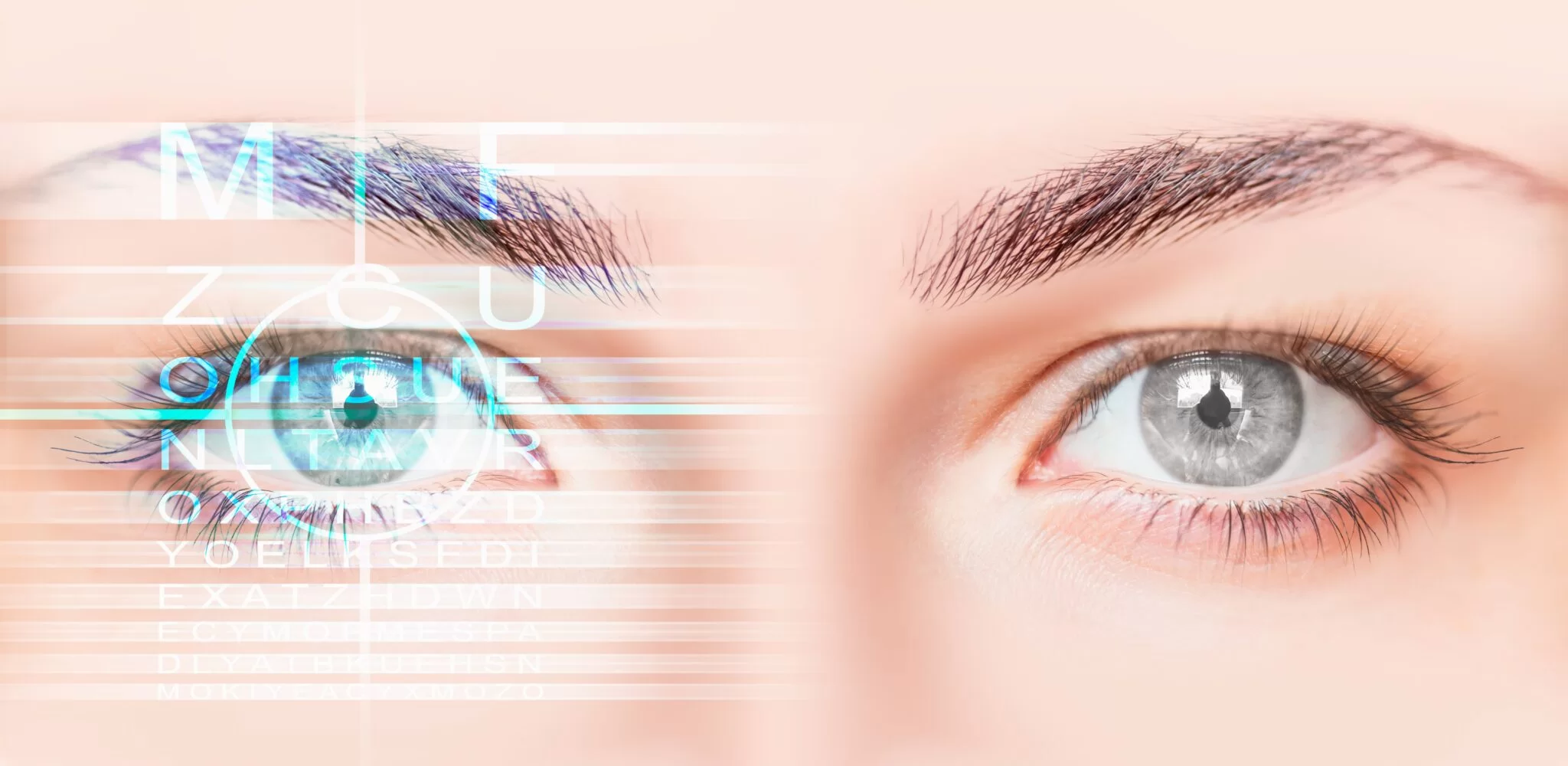QUICK APPOINTMENT FORM

What is Retinopathy of Prematurity?
Retinopathy of Prematurity (ROP) is an eye disease that occurs when abnormal blood vessels grow in the retina, the light-sensitive tissue layer at the back of the eye, in premature and low birth weight babies.
In particular, these abnormal blood vessels may fail to carry oxygen and nutrients to the retinal tissue and may damage nerve cells. This can lead to vision loss and even blindness. In the early stages of ROP, there are usually no symptoms.
Therefore, regular eye scans are important for early diagnosis and treatment. In the later stages of ROP, the following symptoms may be observed.
- Strabismus in the eyes
- Sensitivity to light
- Seeing black spots or shadows in the eyes
- Loss of vision
What Causes Retinopathy of Prematurity?
Although the exact cause of ROP is unknown, premature birth and low birth weight are the most important risk factors. The vessels in the eyes of premature babies are not fully developed and continue to develop after birth.
Abnormal vascular development can be affected by factors such as lack of oxygen, infection and light. Risk factors for ROP are as follows.
- Babies born before 32 weeks of gestation or with a birth weight of less than 1500 grams are at highest risk for ROP.
- Birth weight less than 2000 grams increases the risk of ROP.
- The risk of ROP is higher in babies who receive respiratory support after birth.
- The risk of ROP is higher in babies with congenital heart disease.
- Babies with blood infections have a higher risk of ROP.
- The risk of ROP is higher in babies with haemorrhage in the ventricles of the brain.
How is Retinopathy of Prematurity Examination Performed?
An ROP examination is a procedure performed by an ophthalmologist (eye doctor) and aims to determine the presence and severity of ROP. Before the examination, eye drops are used to dilate the baby’s pupils. Anaesthetic drops may also be used to relax the baby.
During the examination, the doctor examines the baby’s retina using a special instrument called an indirect ophthalmoscope. The doctor holds the ophthalmoscope at different angles to examine different areas of the retina. The examination is painless and takes a few minutes.
When and How Often Should Retinopathy of Prematurity Examination be Performed in Babies?
Early diagnosis and treatment are very important to stop the progression of ROP and prevent blindness. Therefore, all babies in the risk group should have regular eye examinations after birth.
The first examination is usually performed between 4-6 weeks after birth. In very preterm babies (less than 30 weeks or less than 1250 grams), the first examination can be delayed up to 8 weeks. In babies hospitalised in intensive care, the examination can be performed in the intensive care environment with portable devices.
After the first examination, the frequency of examination varies depending on the stage of ROP and the risk factors of the baby.
- In babies with a high risk of ROP, examinations can be performed at 1-2 week intervals.
- In babies with a low risk of ROP, examinations can be performed at 3-4 week intervals.
- Babies are followed up until the blood vessels in the retina are fully developed, around 45-50 weeks.
If your baby is premature, it is important to talk to your doctor about ROP screening. Depending on your baby’s risk factors, your doctor will recommend a specific screening programme. ROP screenings are an important preventive measure that can help protect your baby’s eyesight.
How is Retinopathy of Prematurity Treatment?
Retinopathy of prematurity (ROP) is a serious eye disease that develops in premature and low birth weight babies. Abnormal growth and proliferation of blood vessels can cause damage to the retina (the light-sensing layer of the eye), leading to vision loss.
ROP treatment aims to prevent this damage and preserve vision. ROP treatment varies depending on the stage and severity of the disease. The main treatment options are as follows.
- In mild cases of ROP, the disease may regress spontaneously. The baby undergoes regular eye examinations and the progression of the disease is monitored.
- Laser photocoagulation uses laser light on the retina to destroy the abnormal vessels.
- Anti-VEGF injections give medication into the eye to prevent the growth of abnormal vessels.
- Vitrectomy surgery removes a substance called vitreous gel from the eye and destroys the abnormal vessels.
The doctor will create a treatment plan that best suits the baby’s individual situation. The course of treatment varies depending on the stage and severity of the disease. Some babies need a single treatment, while others may need more than one treatment.
How Much Is Retinopathy of Prematurity Treatment Price?
Retinopathy of prematurity treatment price varies depending on the underlying cause and the operation to be performed. The treatment plan to be created by our specialist ophthalmologist depending on the detailed examination results may vary from person to person.
Please click here for appointment and price information.
The above information is for informational purposes. If you have any medical concerns or questions, please make an appointment with our ophthalmologists.





















